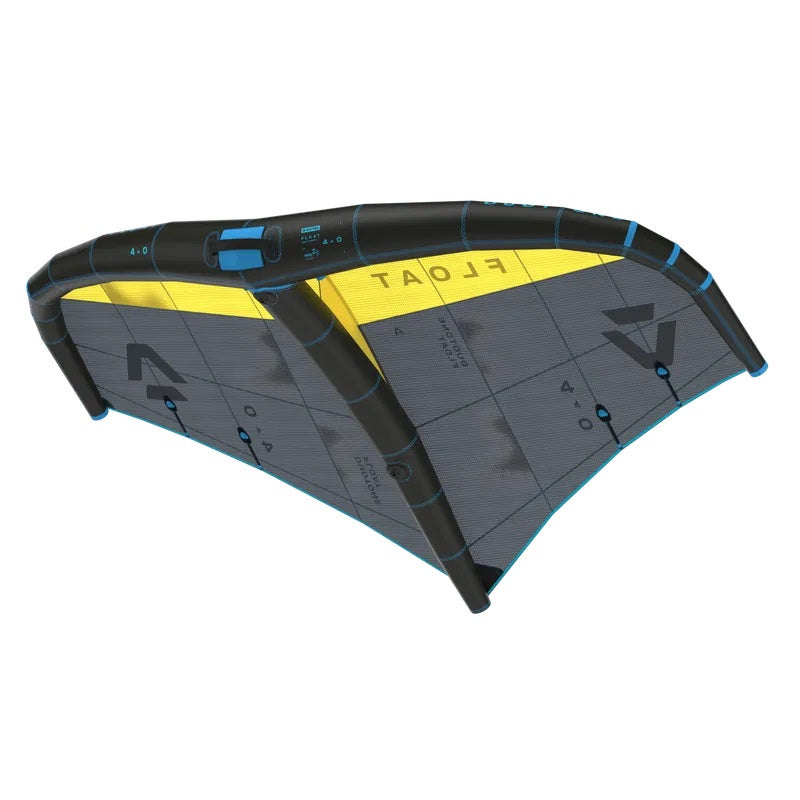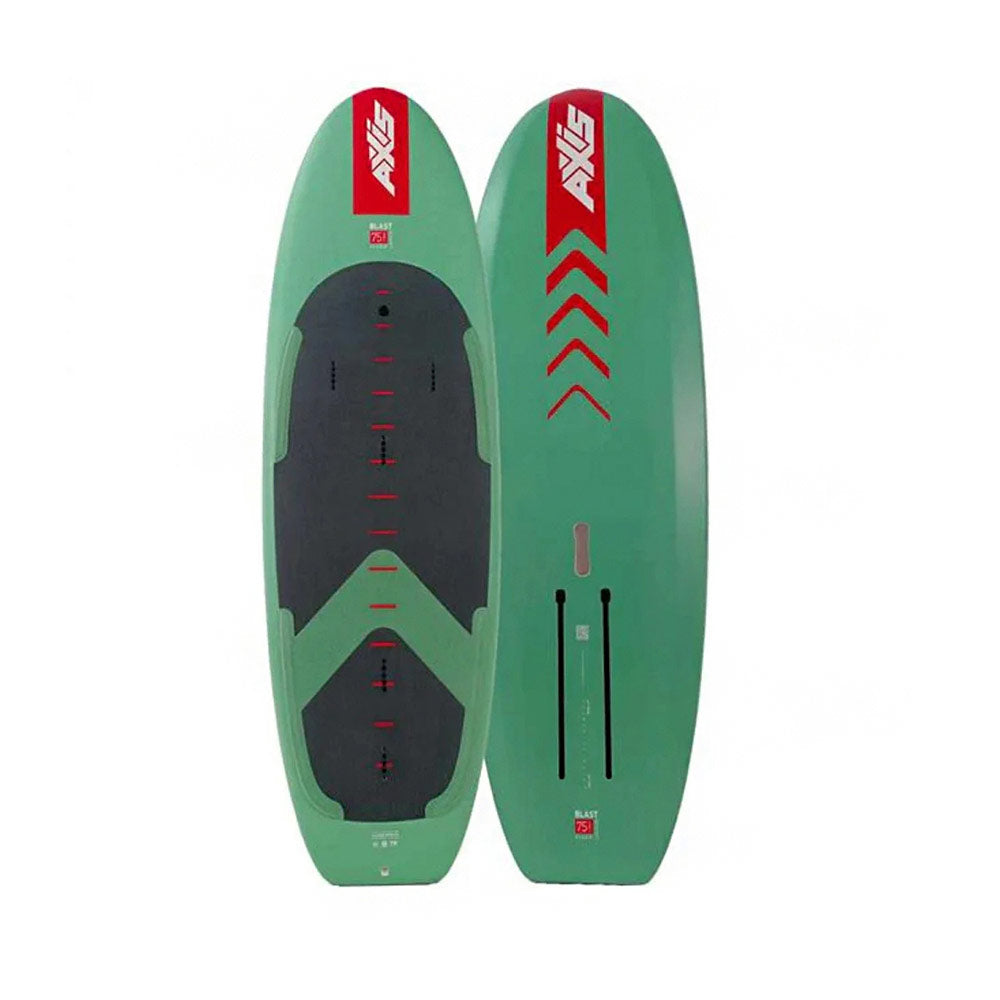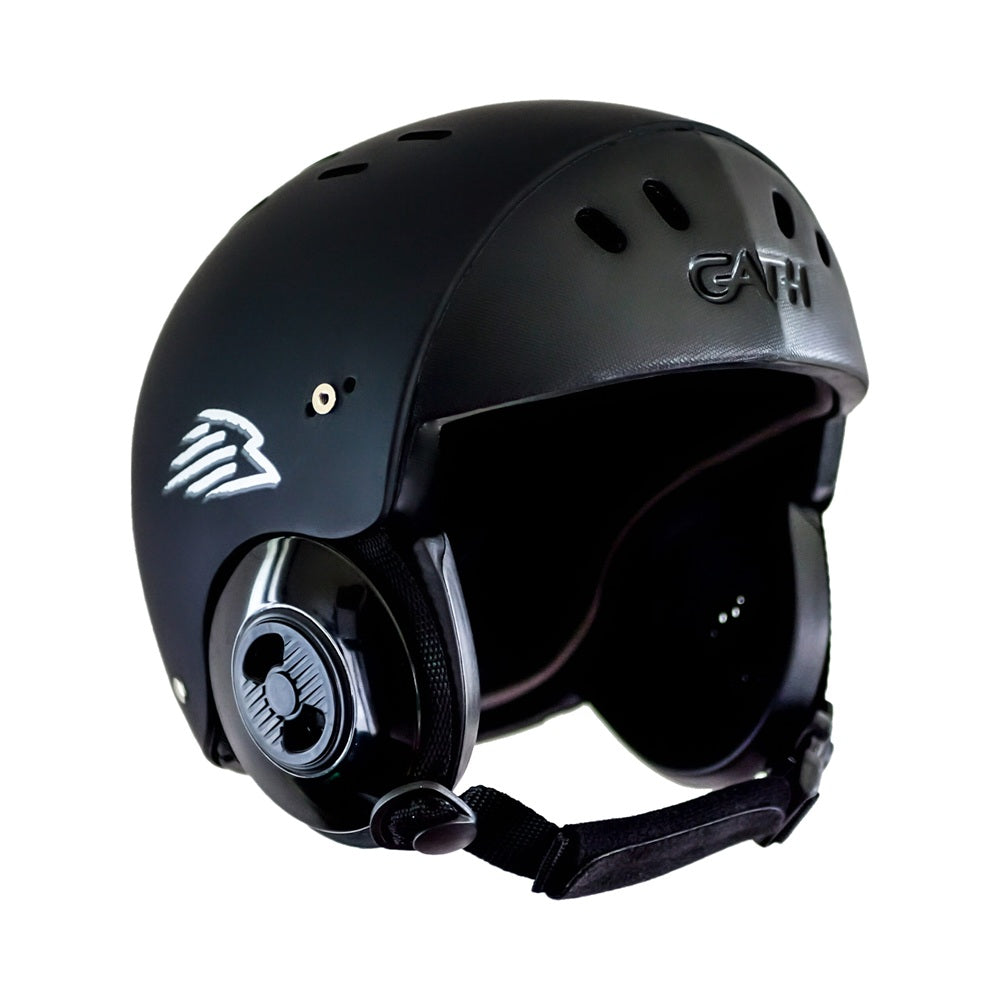Sunova Pilot
We take a look at the Sunova Pilot which is the signature foil board from James Casey, one of the world's best foilers. Super solid construction combined with advanced design features sets this board apart.
Hey guys Jon here from Surf FX and we're having a look at the Sunova Pilot. Now this board is the prone top-end foiling board from Sunova uh it was designed by Marcus Tardrew and James Casey whose name is on it. They've been foiling quite a while they're both top end foilers and they really managed to put together a very, they've had a lot of experience, so they put together a very top end board with this. So few changes they've done from previous models this board is noticeably a touch narrower than the previous model so the reason being just to cut down on kind of board mass and just make it smaller through the air. They've learned a lot just going on board shape and what works well you know, basically look at this from the top down so let's look at the deck so to start off you can see you've got inserts if you want to put foot straps you know this is a board that you can get and also use as a kite foil board or as a toe board. It's in the tr3 construction which is a nice environmentally sourced timber which is paulownia which makes it super super tough so it's great impact resistance so you're not going to be subject to like big dents and dings and things like that. Slight concave to the deck, almost a little bit more skateboardy feel, lets you have a good bit of grip from your heel and to toe and just helps you keep from sliding around you can see one you've got here with gripped up, most guys will put a soft grip on it in the front and it just gives you a nice kind of perch to kind of get your foot into to get some good good traction especially when you're pumping or if you're towing and you've got your foot straps. The board itself you know that concave is quite flat through the middle, like it's still dish but the rocker of the deck is quite flat so you're not dealing with, you know, you're not standing high or anything like that it keeps everything quite level and trim. The concave itself is not so aggressive that it just pulls up so it's fairly shallow but definitely enough to feel when you're standing on it and it continues on through the back so a little bit of a drain but it's not really deep enough to kind of hold a pool of water. Nose on these, they flattened the rocker off a bit compared to the last one they wanted a little bit less push when you have to go under like when you have to duck dive so if it's a little bit more nose rocker that you know catches more water obviously but that's with the deck area, but if you look at the bottom that's all thinned out through the front so you still have a lot of nose rocker on the bottom layer to give you clearance when you're you know taking off coming down the face just before you pop up. Through the middle you've got a very flat rocker section right through the box area again, trying to keep the location of the foil nicely parallel with the deck of the board so you don't have your front foot too high or back foot too high just nice and even so you're nice and stable so you can pump and turn. Bottom of the board they've gone through a bit of a chimed rail that almost makes a bit concave so you really have a quad concave bottom and that gives you a sharp ridge to the center so it's all about channeling the water when you paddle and about not catching when you touch down so having that thick rail really helps it from kind of biting if you accidentally touch down on one side you want it to be smooth and round and not grab hold on the sharp edge and having that water channel flow through the middle and then right about here just before the logo the whole concave setup kind of just disappears to the middle and you got that real nice flat surface area for the thin boxes. I don't know if you can see that there but from my hands here right to the back of the board is dead flat. Coming through the back they do have some cutaways so a couple reasons they've done that, they actually want to reduce the tail volume a little bit so when you are first on your feet just as you're about to take off you don't have a lot of volume in the tail so you can quickly push it down to sync it to pop up after the chip in and then you've got a little bit of a channel, of bevel to the back edge again to kind of clear the tail and to get that, but also to have a little bit of it exposed so you get that push from a little bit of white water so just want to maximize the paddle speed and ease of takeoff is really the whole thing they've done on this board. So the Casey boards they are a touch narrower than what some of the guys offer this 4'6" is 33.9 liters so decent volumes they are a nice top-end board but you really notice that kind of hardness and stiffness of this because it's something that you really want to get rock solid otherwise you're going to have flex and damage just by the amount of leverage you can put over especially being a bigger guy you know that's a lot of left force you can put over a board if you don't have it stiff enough and made strong enough.




